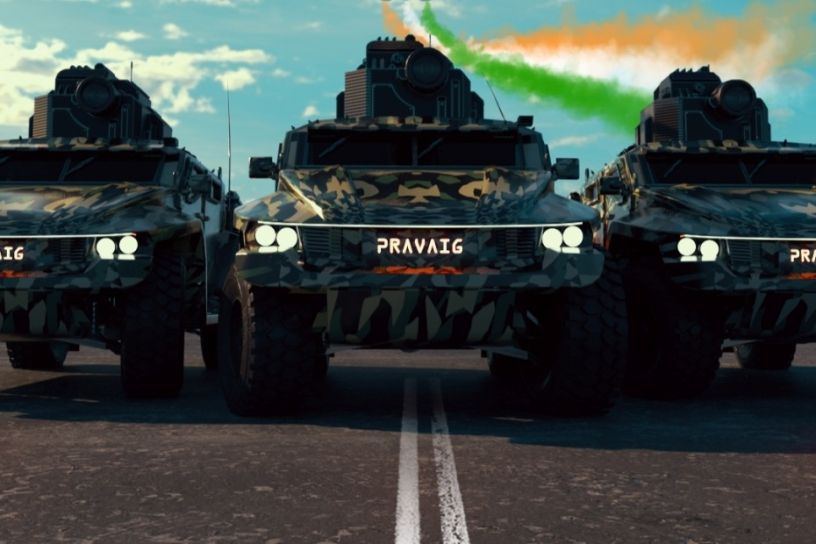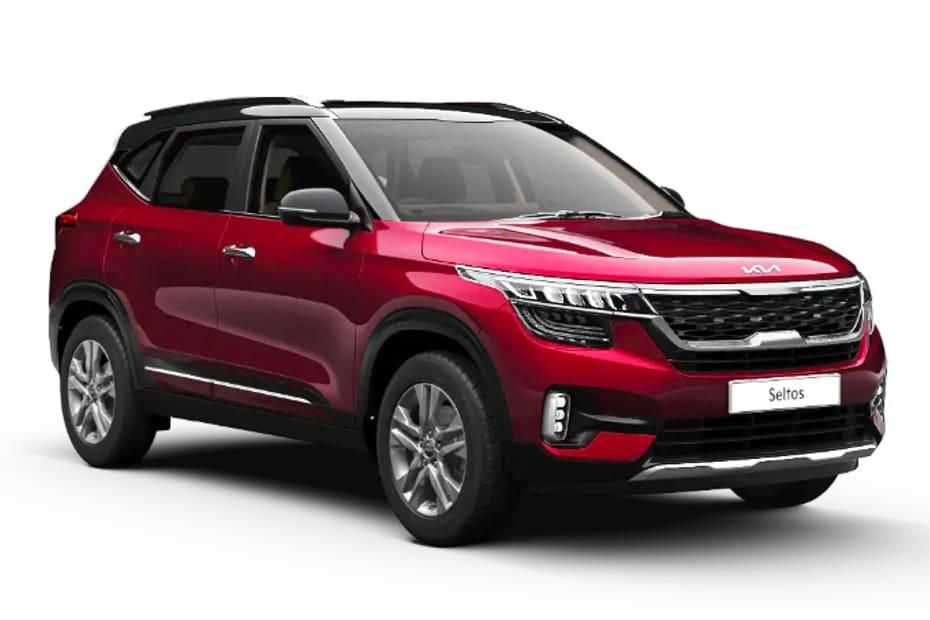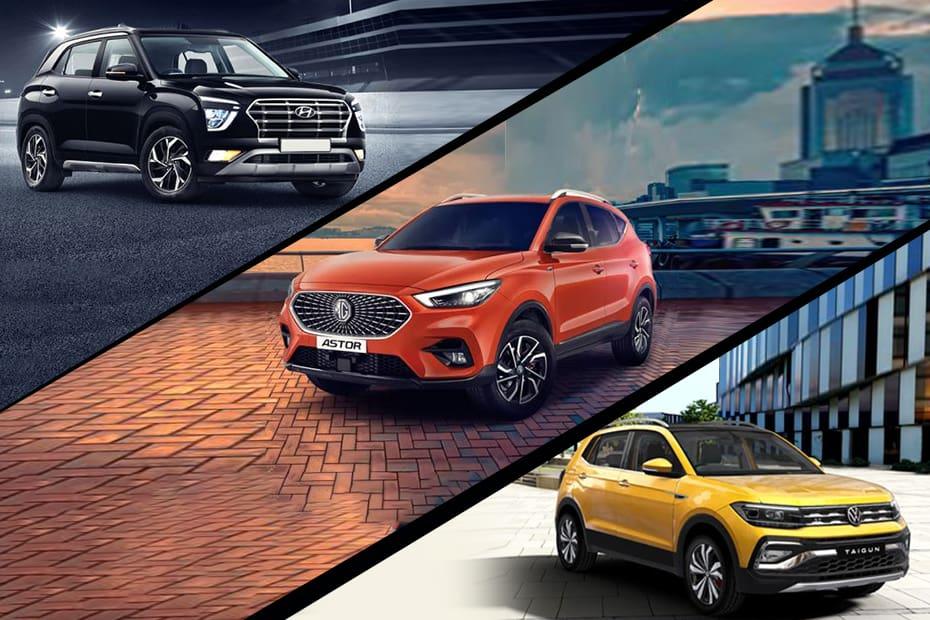Indian Army Wants To Add More Electric Cars To Its Fleet, But Only In Key Areas Such As This State
Modified On Apr 20, 2022 11:52 AM By CarDekho
- Write a comment
With their limited range and high-voltage charging needs, EVs are still no match for the ubiquitous Army Gypsy that’s set to retire from the Army fleet

When you think of military vehicles, rugged diesel trucks with giant wheels, billowing, smoky exhausts and all-terrain tyres come to mind, doesn’t it? But the Indian Army has long had an eco-friendly side, with battalions engaged in fighting deforestation and other environmental issues. For example, the Territorial Army’s Ecological Task Force (ETF) unit has been working since the 1980s to restore damage from mining in Uttarakhand.

Now, the Indian Army is looking to induct new electric vehicles (EVs) into its light vehicle fleet. Of course, the EVs won’t be anything like the Pravaig military concept SUVs pictured up top. The Army’s electric car fleet will not operate in harsh climates and off-grid zones in “operational areas'' such as the northern Himalayas and the western border to Pakistan.

In that sense, they aren’t a direct replacement for the ubiquitous Army Gypsy that’s being retired from the fleet. Instead, they’ll be put to use in “peace stations'' – offices in urban areas such as the Army headquarters in Delhi.
The Army Welfare Transport (AWT) Society already has 15 all-electric vehicles that are used to transport personnel in Delhi. They include ten Mahindra e-Verito electric sedans that are on lease from EESL (Energy Efficiency Services Ltd). Reportedly, the AWT Society plans to have electric cars for a quarter of its fleet in Delhi.

Studies have shown that electric cars are beneficial to the environment even if the majority of their power is derived from carbon-emitting processes in steam power plants. EVs already emit 19 to 34 percent lower lifetime emissions compared with ICE cars in India. As the contribution of greener power sources increases and EVs themselves become more efficient, the gap between lifetime emissions of EVs and ICE cars will only become wider.
Which EVs can the Army pick from?

Tata Nexon EV: The Tata Nexon EV offers comfort and space in the footprint of a sub-compact city SUV. Tata will soon launch the updated Nexon EV with a bigger battery pack, and likely, a longer driving range.

Tigor EV: With its 306km (ARAI-certified) range and a 4-star GNCAP safety rating, the Tigor EV makes for a fine all-electric city runabout. It’s also the most affordable new electric car you can buy today.

MG ZS EV: The 2022 MG ZS EV would make for a pricey but useful Army light vehicle. With a range of 461km (ARAI), it’s capable of taking Army personnel for short inter-city road trips. It also packs a slew of active safety features that, if used well, will lend it a long, dent-free life.

Hyundai Kona Electric: The Kona Electric has already been used by government departments, and it’s potentially useful for the Army as well. It offers a decent 452km (ARAI) range and, according to Hyundai, offers running costs that are one-fifth of an ICE-powered vehicle.

Alongside the above EVs, the Army can also plan for upcoming electric vehicles such as the Tata Altroz EV and Mahindra XUV300 Electric to be inducted into its fleets in the future.
-
Volkswagen Polo Modified With Custom Blue Paintjob And Sporty Bodykit Looks Futuristic
-
Watch Nitin Gadkari Ride To Work In Toyota Mirai To Create Awareness Of Hydrogen Cars In India
Challenges to EV adoption for the army:

The Indian Army operates across the country in multiple regions, including remote areas where electricity isn’t as abundant as it is in metro cities such as the national capital of Delhi. EVs need fast AC and DC chargers to juice up in a reasonable amount of time, which limits their feasibility in remote areas.

Public charging stations are still limited to a small number of inland cities, and even the power grid has limited reach in some border towns.

Nevertheless, the Army’s move will certainly increase the number of zero-emission vehicles on our roads and reduce emissions from transporting personnel within cities. India’s EV charging network is growing, and the automotive market for electric vehicles is expanding. It’s encouraging to see the Army ready to move with the times towards a greener, carbon-neutral future.
1 out of 1 found this helpful















